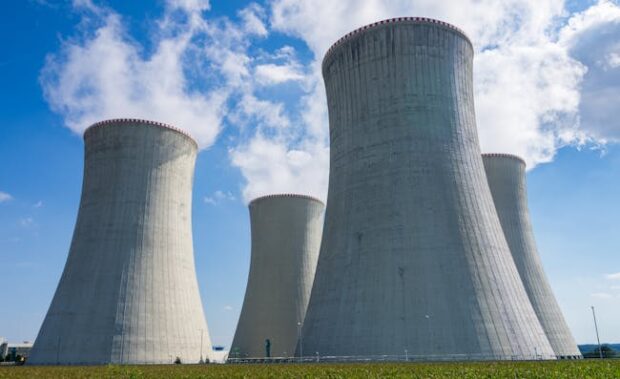Sam Altman says nuclear fusion could support future AI
Many worry about artificial intelligence’s potential to take over millions of jobs and intellectual properties. Sometimes, people neglect its other troubling issue: its carbon footprint.
The Organization for Economic Cooperation and Development reports that AI models have a massive, detrimental impact on the environment.
READ: US nuclear fusion lab achieves net energy gain
Fortunately, Sam Altman recommended on a recent episode of the Lex Friedman Podcast that we can sustainably operate AI models with nuclear fusion. Even better, recent advances are making that possible.
How can nuclear fusion support AI?
Nuclear fusion can satisfy super AI’s enormous energy appetite — Sam Altman https://t.co/bOxSos6F8V
— Interesting Engineering (@IntEngineering) March 27, 2024
Sam Altman recently told the famous YouTuber Lex Friedman that the next generation will eventually surpass human intelligence.
Artificial intelligence will require a lot of energy, and nuclear fusion is the best source. However, Interesting Engineering says scientists warn that fusion energy is still difficult to harness.
That is why the OpenAI CEO believes generating enough energy for growing AI is its most difficult challenge.
Consequently, Atlman has invested $375 million in the US-based nuclear fusion company Helion Energy. The latter aims to produce energy at a commercial scale by 2028.
“I think Helion’s doing the best work,” Altman said during the interview. “But I’m happy there’s a race for fusion right now.”
There’s hope that this dream will become a reality because Japan and the European Union built and activated the world’s first nuclear fusion reactor last year.
They call it the JT-60SA. The experts aim to confirm whether we could produce nuclear fusion energy while keeping it safe, large-scale, and carbon-free.
“It’s the result of a collaboration between more than 500 scientists and engineers and more than 70 companies throughout Europe and Japan,” Sam Davis, the JT-60SA’s deputy project leader said.
Also, the US National Ignition Facility achieved “ignition” or produced net energy gain or net zero.
In other words, NIF’s reactor produced more energy than it consumed. Perhaps the world may turn fusion into a viable energy source of artificial intelligence soon.
How does nuclear fusion work?

When people mention nuclear power, they mean nuclear fission, which involves splitting atoms to harness the energy they release.
Conversely, fusion involves putting atoms together to collect the energy they release. They grow as their protons aggregate into larger and larger groups bound by the strong nuclear force.
That attraction arises from interactions between their trios of quark particles.
The Coulomb force, the attraction of repulsion force between particles due to their electric charges, causes protons to distance themselves from each other.
On the other hand, their neutrons have no charge. That enables them to move closer to protons and electrons with little effort.
As a result, proton-neutron pairs can bind to each other to form a simple atomic nucleus.
The collection of particles has less energy than when they were apart. Consequently, merging emits that excess energy into the universe.
It’s the same mechanism that our Sun and the stars use to produce heat and light.